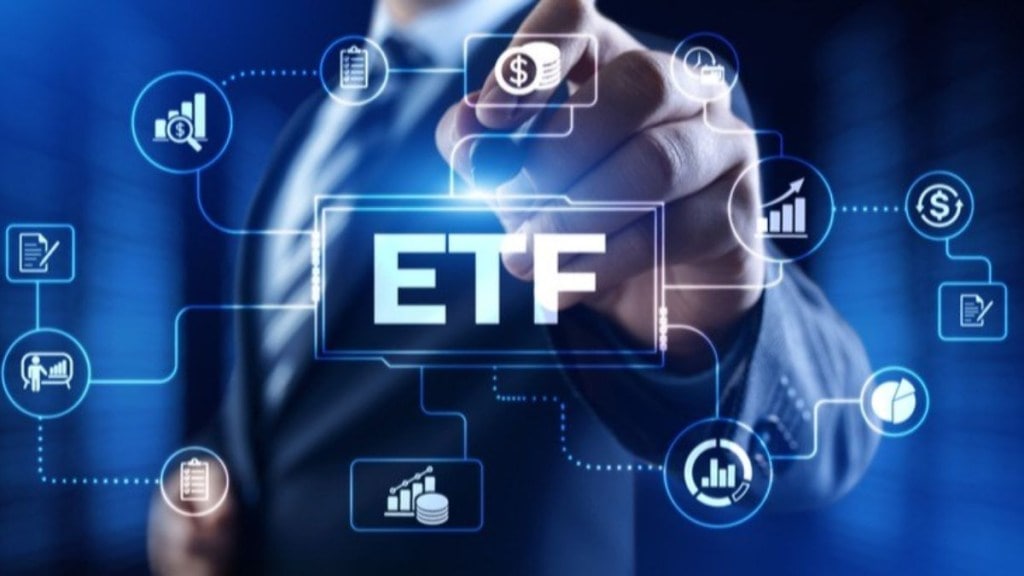With the regulatory overseas investment ceiling from the Securities and Exchange Board of India and the Reserve of India at $7 billion for the entire mutual fund industry and $1 billion per asset management company in place, investors will find it difficult to put money into these schemes, even in the secondary market as the premiums have shot up. Currently, the international equity exchange traded funds (ETFs) are trading at a significant premium of 12-27% over their net asset values.
According to data from Value Research, the international equity category has generated nearly 26% returns year to date, third most after gold and silver schemes. On a three-year basis also, this category generated 25% after commodity schemes, and thematic PSU and auto schemes.
The net assets under management of schemes related to this category including fund of fund, index, and ETFs have seen a rise of 21% to Rs 57,910.58 crore.
Chetan Kukreja, head of passive research at Motilal Oswal AMC, said that the rise in premiums across international ETFs listed in India reflects a clear demand-supply imbalance.
He added: “With regulator’s overseas investment ceiling in place, fund houses have limited scope to take fresh inflows or create new ETF units. As investor interest in global diversification endures, secondary market prices have consequently drifted above their underlying NAVs. While this trend emphasizes investors’ appetite for international exposure, it’s important to recognise that elevated premiums can impact near-term return potential.”
At the same time, Devina Mehra, co-founder and CMD of First Global noted that international markets are very complex and add a layer of cost for Indian investors. According to her, domestic investors are very reactive and chase what has done well. “Suddenly, everyone is pretending to be overseas experts.” she said.
According to her over a period of time, 30-40% global exposure is important in a portfolio but instead of an ETF, she advises to invest through the direct route as if there is any regulatory change, investors are in for a 20% haircut.
Kukreja said: “For investors with a long-term horizon, global assets continue to offer meaningful diversification and participation in secular global themes. Rather than chasing momentum, investors should adopt a measured approach—staggering allocations, monitoring premiums, and transacting prudently. Checking indicative NAVs (i-NAV) before trading and using limit orders can help avoid overpaying during periods of high demand.
“Global does not mean only US,” Mehra said adding that First Global is underweight US, and overweight on Europe, Japan, China and Taiwan.
On a year-to-date basis, South Korea, Vietnam, and Hong Kong are the top performing markets rising 49.4%, 39.3%, and 29.06% respectively. MSCI Emerging Market index is up 27% as against 5.36% and 6.7% rise in India’s Sensex and Nifty respectively.

